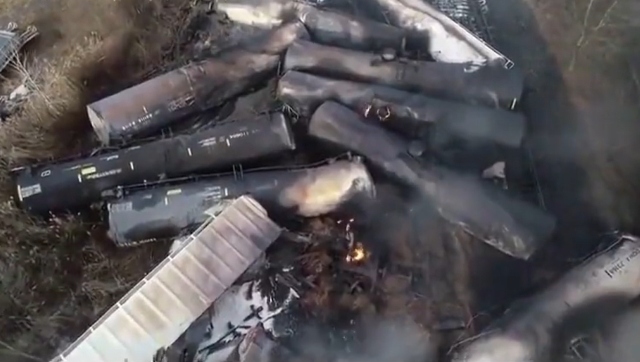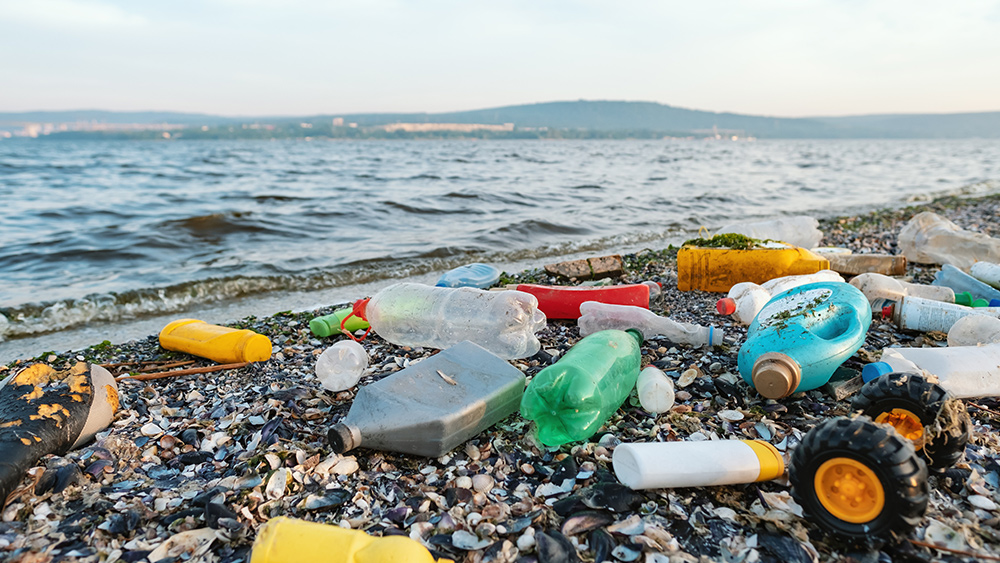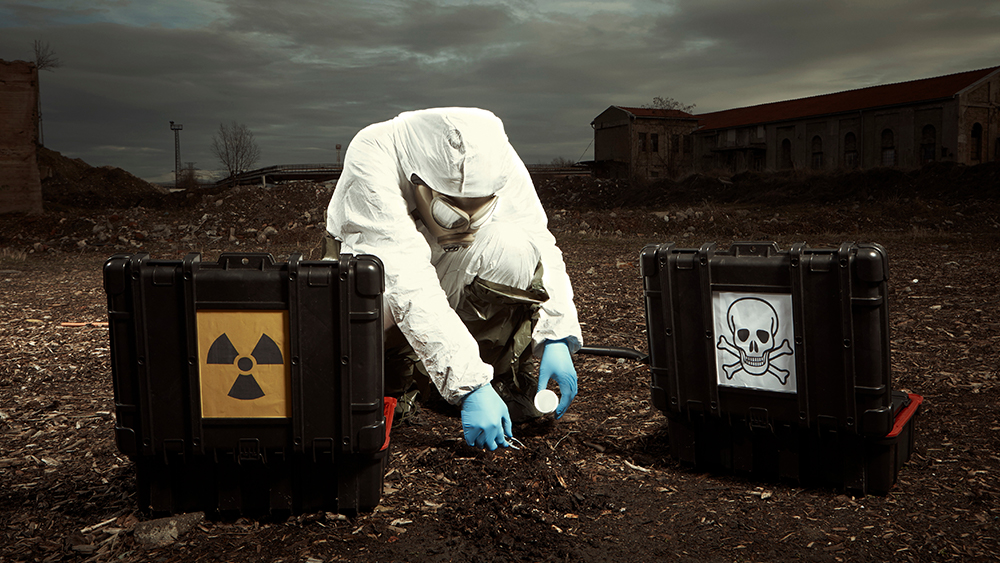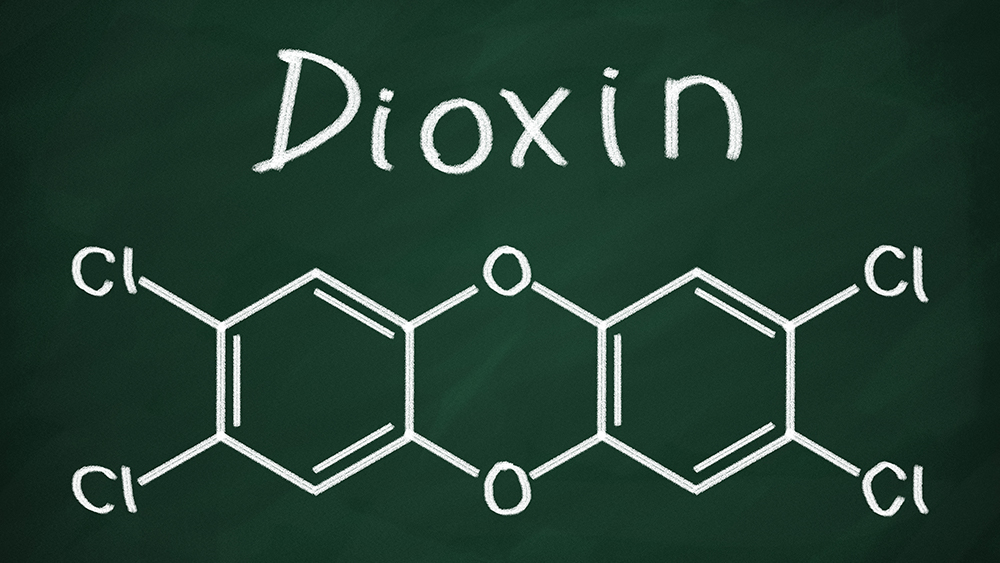CHLORINE gas poisons 25 individuals at public swimming pool in Italy
03/23/2023 / By Ramon Tomey

Twenty-five people were poisoned by chlorine gas at a public swimming pool in the northern city of Verona in Italy.
The incident happened on March 17 at the Monti Lessini Sports Center, where several children were at the pool for swimming lessons. Nine children between the ages of three and six were among the poisoned individuals. The pool manager also suffered from chlorine gas poisoning.
The 25 victims were poisoned after clouds of toxic chlorine gas were released around 10 a.m. of that day at the pool area. Some of the victims were ferried to medical centers on minibuses, while those seriously affected were brought to hospitals near Verona.
According to the Italian Ministry of the Interior (MdI), operatives from the nuclear, biological, chemical and radiological (NCBR) unit were on hand at the scene. The MdI described the NBCR unit as a “specialized group of firefighters that is called to intervene in exceptional situations.”
While reports described the incident as a “deliberate attack,” Italian investigators believe otherwise. According to them, the poisoning stemmed from pool workers miscalculating the amount of chlorine needed to sterilize the pool. The miscalculations led to toxic chlorine gas rising from the waters and poisoning the swimmers.
Chlorine gas can prove fatal when ingested or inhaled. Victims can suffer shortness of breath; burning pain in the nose, eyes and throat; blurred vision; and blisters on the skin. During World War I, the Germans used chlorine gas to poison their enemies. (Related: NYPD releases toxic gases on non-consenting guinea pig citizens in subway ‘attack drill.’)
Similar incidents reported in Iran
Similar incidents happened to schoolgirls in Iran.
The first case occurred in late November 2022 in the city of Qom, located south of the capital Tehran. Female students at the Noor Yazdanshahr Conservatory fell ill that month, and again in December 2022. Most of the victims complained of headaches, heart palpitations and lethargy after inhaling what were believed to be noxious fumes wafting into their classrooms.
Other attacks on schools located in Tehran, Qom and Borujerd in western Iran followed. While the targeted schools taught young women, at least one boys’ school was also victimized. Some of the victims recalled smelling tangerines, chlorine or cleaning agents before succumbing to the poison.
The Iranian government initially dismissed the attacks as a result of carbon monoxide poisoning, but was forced to acknowledge the claims as more reports emerged. Iranian Prosecutor-General Mohammad Jafar Montazeri ordered an investigation, saying that “there are possibilities of deliberate criminal acts.”
The state-run Iranian Republic News Agency (IRNA) published several stories of officials acknowledging the scope of the chlorine gas attacks in schools.
In one report, IRNA quoted Iranian Deputy Health Minister Younes Panahi as saying: “After several poisonings of students in Qom schools, it was found that some people wanted all schools – especially girls’ schools – to be closed.”
Another IRNA report quoted Alireza Monadi, a member of the Islamic Consultative Assembly – Iran’s parliament. According to the lawmaker, the chlorine gas attacks on the schools were “intentional.”
“[The] existence of the devil’s will to prevent girls from education is a serious danger and it is considered very bad news,” Monadi said. “We have to try to find [the] root [of these attacks.]”
Poison.news has more stories about poisonous gases.
Listen to the Health Ranger Mike Adams as he explains why poisonous dioxins released in the air are more toxic than glyphosate or heavy metals.
This video is from the What is happening channel on Brighteon.com.
More related stories:
Gases from a car air freshener caused a car to explode.
Sources include:
Submit a correction >>
Tagged Under:
chemicals, chlorine, chlorine gas, deliberate attack, disaster, Iran, Italy, Monti Lessini Sports Center, poison, public pool, school attacks, school girls, swimming pool, toxic chemicals, Verona
This article may contain statements that reflect the opinion of the author
RECENT NEWS & ARTICLES
Chemicals.News is a fact-based public education website published by Chemicals News Features, LLC.
All content copyright © 2018 by Chemicals News Features, LLC.
Contact Us with Tips or Corrections
All trademarks, registered trademarks and servicemarks mentioned on this site are the property of their respective owners.



















